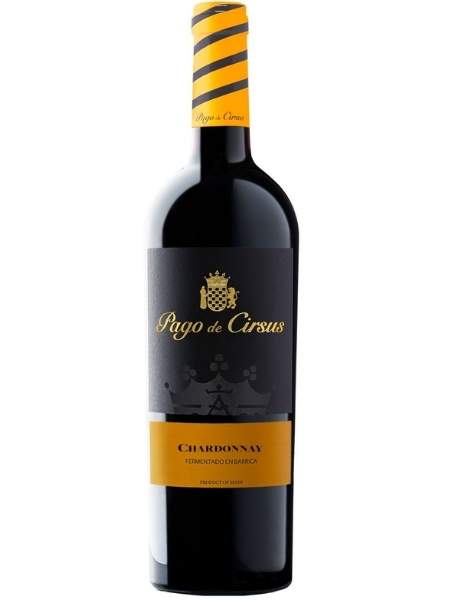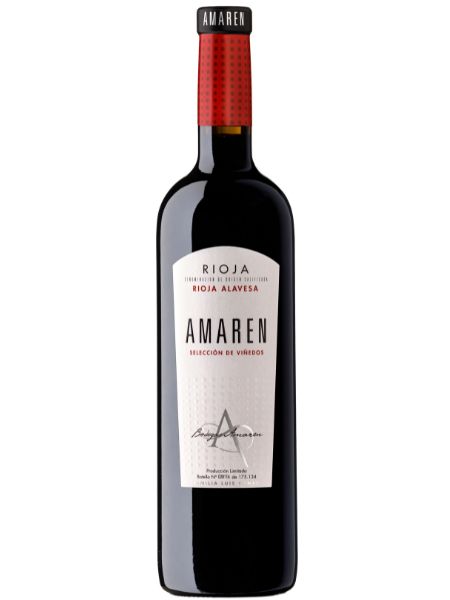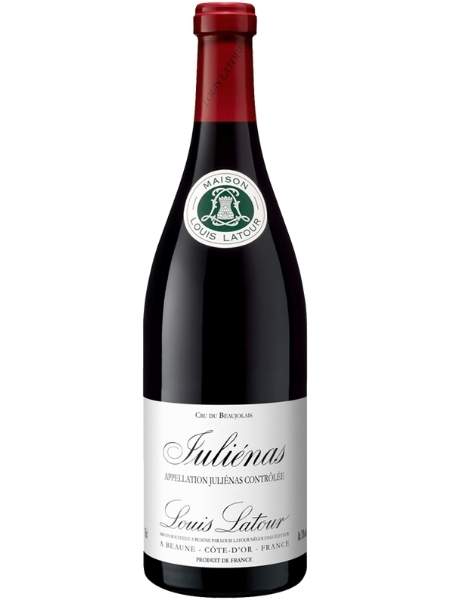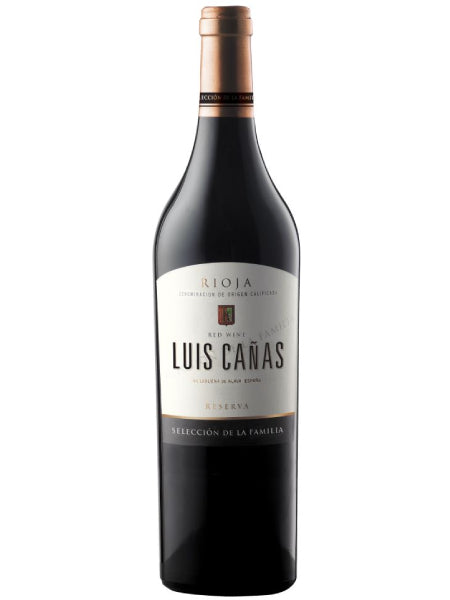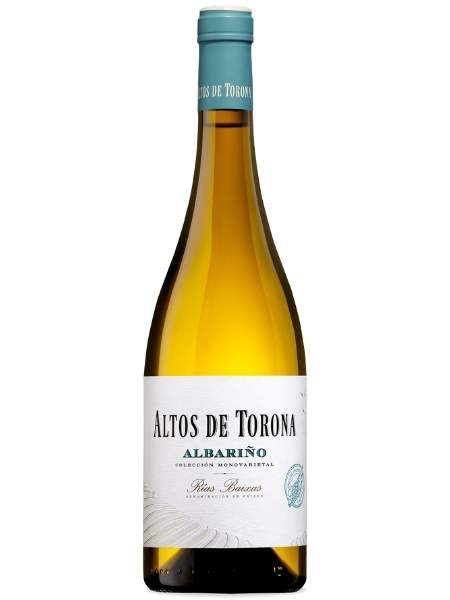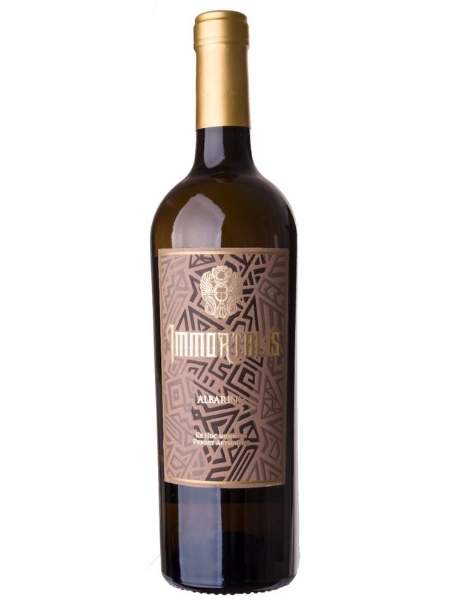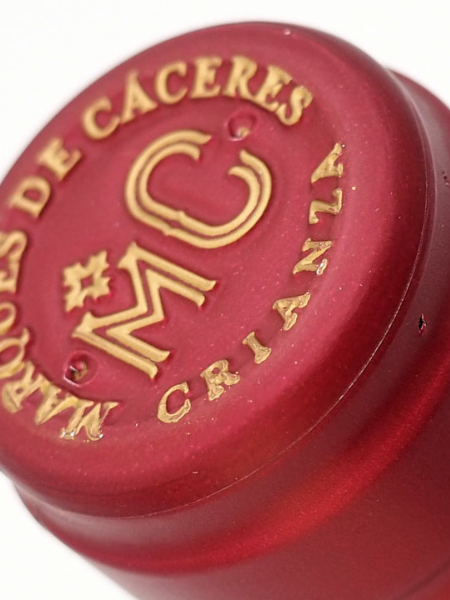
Why Wine Bottles Are 750 ml: Unraveling the Mystery Behind the Standard Size

In the world of wine, the standard bottle size is a familiar sight—750 ml. Have you ever wondered why this specific volume has become the norm? In this blog post, we delve into the reasons behind the popularity of 750 ml wine bottles, exploring their historical significance and practical considerations.
1. Understanding the Origins of Wine Bottle Sizes
Wine has been produced and enjoyed for thousands of years, and throughout history, wine bottles have come in various shapes and sizes. However, it wasn't until the early 18th century that the 750 ml size began to gain prominence. This standardized size was primarily influenced by the technological advancements in glass manufacturing.
2. The Influence of Glass Manufacturing Techniques
During the Industrial Revolution, the invention of automated glassblowing machines allowed for the mass production of glass bottles. These machines were calibrated to produce bottles of a specific size, and 750 ml became the standard due to its practicality and efficiency. The consistency in size made it easier for winemakers to store and distribute their products.
3. The Impact of Historical Traditions
In addition to technological advancements, historical traditions have also played a role in determining the size of wine bottles. The 750 ml bottle became the standard in many wine-producing regions due to the influence of French winemaking practices. French winemakers adopted this size to accommodate the volume required to serve a standard number of glasses for a wine bottle during meals and gatherings.
4. The Importance of Wine Aging and Maturation
Wine is a complex and delicate beverage that often improves with age. The 750 ml bottle size was found to be optimal for wine aging and maturation. This size allows for the right balance between oxygen exchange and wine volume, ensuring that the wine ages gracefully and develops its desired flavors and aromas over time.
5. The Practicality of 750 ml Bottles
From a practical standpoint, the 750 ml bottle size offers several advantages. It is a manageable size for consumers, making it easy to pour and store. It also strikes a balance between providing enough wine for a group of people to enjoy without being excessive. Additionally, the 750 ml size fits well on retail shelves, allowing for efficient display and storage in wine shops and supermarkets.
6. The Significance of Wine Industry Standards
Standardization is crucial in the wine industry, as it ensures consistency and facilitates production, distribution, and regulation. The 750 ml bottle size has become an industry standard, enabling winemakers to adhere to regulations, accurately label their products, and meet consumer expectations. This standardization promotes transparency and builds trust between wineries and consumers.
7. The Future of Wine Bottle Sizes
While the 750 ml bottle size remains dominant in the wine industry, there has been some exploration of alternative sizes in recent years. Winemakers are experimenting with smaller bottle sizes, such as 375 ml, to cater to the demand for single servings and reduce waste. However, the 750 ml bottle is expected to continue its prevalence due to its historical significance and practicality.
Conclusion
The 750 ml bottle size has become the standard in the wine industry due to a combination of factors. Glass manufacturing techniques, historical traditions, wine aging considerations, practicality, and industry standards have all contributed to the widespread adoption of this size. As the wine industry evolves, we may see new bottle sizes emerge, but the 750 ml bottle will likely remain a steadfast symbol of wine tradition and craftsmanship.
FAQs
1. Can you explain the significance of the 750 ml bottle size?
The 750 ml bottle size is significant as it has become the standard in the wine industry. It offers practicality, facilitates aging and maturation, and aligns with historical traditions and industry regulations.
2. Are there any other common wine bottle sizes?
While the 750 ml bottle is the most common, other sizes exist, such as 375 ml (half-bottle) and larger formats like magnums (1.5 liters) and jeroboams (3 liters).
3. Why do some winemakers use smaller bottle sizes?
Some winemakers are exploring smaller bottle sizes to cater to single servings and reduce waste. Smaller sizes offer convenience and allow for more variety in wine consumption.
4. Is the 750 ml bottle size standardized globally?
While the 750 ml size is widely accepted, there are regional variations and exceptions. Some wine-producing countries have their own traditional bottle sizes, but 750 ml remains the most prevalent worldwide.
5. Can wine quality be affected by the bottle size?
The bottle size itself does not directly impact wine quality. However, the 750 ml size is optimized for aging and allows for appropriate oxygen exchange, which can contribute to the development of desirable flavors and aromas over time.
Discover all the wines in our store here!






